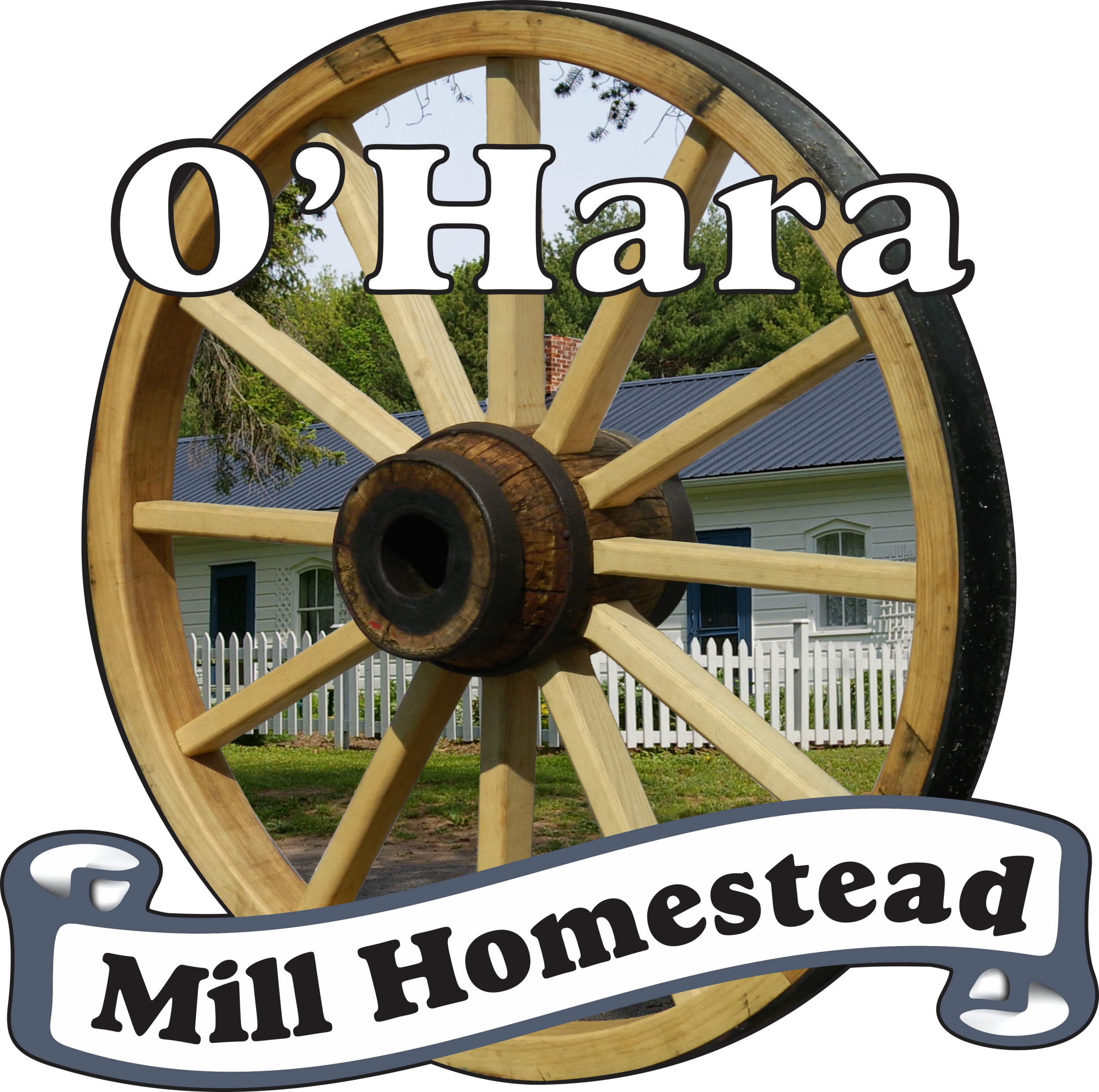Lend an Ear...
When visitors come to the homestead during open hours, we encourage them to stop at the visitor’s centre (or homebase as we like to call it). Here you can find the indoor bathrooms, information, our guestbook, us, and many old hand tools attached to the walls. One thing visitors like to point out is a strange implement that we had the hardest time finding a description for. Eventually a visitor came and told us exactly what it was, and thank goodness because we have a few laying around! See if you can guess what it is before we tell you….
Drumroll please …….. a corn planter! In the days before horse-drawn seed drills (which we also have!) farmers would plant everything meticulously by hand (yikes to their back!). For laborious tasks such as this, implements were designed to make the job just that little bit easier. This version of a corn seed planter still requires the farmer to walk the rows and plant each seed individually, but it saved the farmer from bending over each time which massively cut back on time spent planting.
The planter is split into different components. There’s the seed box (in this case the seed box is the complete main shaft of the planter) which housed the seed. The bottom is composed of two tiny shovels that act to spread the earth. The shovels come apart to reveal a hole to the seed box, so as the shovels open the earth it simultaneously allows corn seed to be placed into the hole. On this specific planter there is an “extra” component; the arm. The arm sits against the earth, allowing the act of planting to be done with one hand. Without the arm, the farmer would have to manually separate two handles attached to the shovels in order to separate them.
A growing farm, especially in the early days, relies on efficiency. The faster you can complete a task, like planting seed, the more time is left to complete other things that could bring in income (like planting a larger amount of seed). The homestead is full of strange and specific implements, which makes for a fun guessing game! Come visit us and see what you can find! For more implements and their story, check out our “Artifacts and Tools” page!
𝓟𝓮𝓽𝓮𝓻 𝓪𝓷𝓭 𝓜𝓲𝓪

